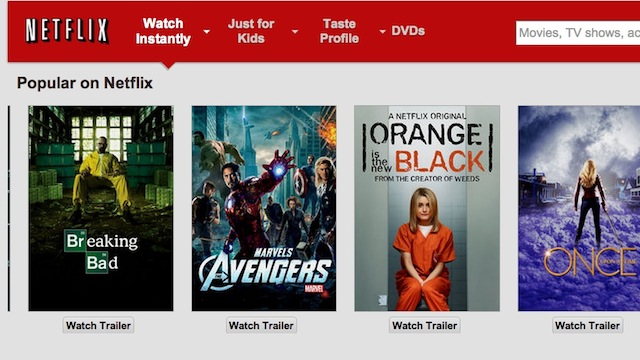A new feature is being added to everyone’s favorite streaming site, Netflix. While it has been one of the only TV/movie streaming websites without annoying 15-second product ads, it recently decided to integrate advertising (for movies, that is) ever-so-craftily into its experience.

Now, when you are sifting through movies and TV shows on Netflix, there will be a ‘Trailer’ button that will lead you to a preview of whatever movie or TV show you are thinking of binge-watching. In fact, this function now enables viewers to binge on the trailers themselves.
“Netflix ‘Previews’ is like every viewer in a movie theater seeing a different series of trailers based on their personal tastes,” said Netflix Chief Product Officer Neil Hunt. “This unmatched, highly personalized selection of movie previews makes it even easier for Netflix members to discover movies they’ll love.” [Source]

Is this one step closer to Netflix adding traditional advertisements to their website in the future? While they insist they will remain ad-free, Netflix, which chargers its viewers monthly subscriptions, seems like it may be making moves toward the slippery slope of advertising outside the movie-sphere. As one of the most successful online streaming websites, we suspect Netflix would have a pretty good advantage if they did decide to add third-party ads. Since the start of the Netflix phenomenon, the company has been analyzing what their viewers are interested in and using that information to suggest movies or TV shows back to them—which is, conveniently, the same type of formula that marketers use.
For now, admen will have to continue binging on their favorite shows and movies without their ads, just like the rest of us.
